From my trip to Beef 2015 I found Droughtmasters and could see how we could use them and develop a market for pure and composite cattle. We have brought into some very good females from prominent studs. We’re using AI and natural sires to breed cattle to suit our environment and into the north and pastoral areas. Our “Objectives” with our Droughtmasters will be closely aligned to the way we breed our South Devons – to breed cattle that the beef industry demand high fertility as the start then low birth weight, good growth and excellent carcass. We will enthusiastically performance record and utilise BreedPlan to find the cattle the beef industry demands.
Why Droughtmaster?
Fertility
The single most important link in the beef production chain is fertility. Regardless of what is said about the importance of various traits, one thing is absolutely indisputable – if cows don’t have calves or don’t rear their calf to acceptable weaning weight under the prevailing environmental and management conditions, then what their calf’s various traits might have been are of little consequence. American beef economists claim fertility and maternal traits are 5 to 10 times more important than any other traits.
Reproduction
In gaining the optimum reproductive performance, both Sire & Dam must play their part.
Cows
Adaptability – Excellent walking and foraging abilities coupled with lower nutritional requirements give Droughtmasters the ability to retain condition and keep cycling and breeding, irrespective of the prevailing conditions.
Calving Ease – The inherited Bos Indicus traits of pelvic structure, calf shape and low birth weight make for very easy calving, which can be used to great advantage in crossbreeding programs using high growth sires.
Mothering Ability – The maternal instincts are strong, with cows extremely possessive of their young, and willing to defend them against predators and care for them when faced with adverse conditions.
Milking Ability – The Shorthorn reputation for high milk production has been passed on down to the Droughtmaster, helping to produce heavy weaners, despite low birth weights.
Longevity – Droughtmaster females mature quite early and it is not uncommon to see them joined at 14 months of age. This early start to breeding, plus their ability to adapt to the environment, give them an enviable reputation for longevity.
Bulls
Adaptability – Low nutritional requirements combined with high feed conversion rates and excellent walking and foraging abilities, provide a big advantage in marginal country and adverse seasons.
Calving Ease – The important breed characteristics of low birth weights and calf shape are passed on by Droughtmaster bulls, and can be very advantageous in crossbreeding or joining to heifers.
Longevity – Early maturity, structural soundness and a naturally active constitution can mean a longer working life, thereby reducing bull replacement costs.
Virility and Docility – Selection for docility and high libido by the pioneer breeders, has given the Droughtmaster a reputation as a potent and active performer.
Performance
The pioneer cattlemen who developed the Droughtmaster retained the most desirable performance traits from both Bos Indicus and Bos Taurus genetics. They developed a breed which could perform by consistently producing and reproducing despite parasites and adverse environments, while economically producing high yielding carcases of quality beef. Performing well in harsh conditions is important, but performance in all links of the beef production chain is more important.
The Droughtmaster is renowned for its performance in:
Reproduction – Calving ease, high libido, fertility and adaptability all combine to give the Droughtmaster an outstanding reproductive performance.
Growth – Excellent milking ability, digestive efficiency, low nutritional requirements, feed conversion efficiency, walking ability and foraging ability combine to make the Droughtmaster an outstanding performer. Consistently outgrowing most other breeds when nutrition is restricted, they perform as well as most breeds in feedlots or on high quality pasture.
Feed Efficiency – A low maintenance digestive system, unique to Bos Indicus derived breeds, contributes to the Droughtmaster’s reputation for highly efficient feed conversion, which provides a large economic advantage.
Pasture – Optimum growth under a range of variable conditions is major benefit offered by the Droughtmaster. From prime improved pasture in temperate regions, light native pasture in tropical right through to drought conditions which invariably plague many areas of Australia, the Droughtmaster is recognised as one of the leading performers.
Carcass – Well muscled carcasses with optimum fat cover, give Droughtmasters excellent dressing percentages and high saleable meat yields.
- Recent trial results produced dressing percentages of 58% and saleable meat yields of 76%
- Being a “middle of the road breed”, fat cover is at optimum levels
- With Shorthorn in its background, marbling performance is among the highest of the Bos indicus derived breeds
- Their outstanding docility keeps meat colour and pH at acceptable levels
- By achieving suitability for a range of market specifications, at a reasonably young age, Droughtmasters produce high quality, tender beef
- Under the current MSA Cuts Based Grading System, Droughtmaster carcases can grade EQS 3 and 4 star under a standard production system. High growth performance and extended ageing of cuts, can produce EQS 5 star grading
- Numerous wins in carcase competitions across Australia confirm this performance
Cross Breeding
Providing Major Benefits Without Changing Your Breed Completely
In the temperate regions of Australia, traditionally the home of the British breeds, the low maintenance Droughtmaster breed is being used increasingly in crossbreeding programs to produce easy care productive cattle. They are also used in tropical areas to improve carcase qualities and performance. The progeny resulting from this crossbreeding, have a significant economic advantage through their inheritance of Droughtmaster traits (in addition to the expected heterosis) :
- Calving Ease
- Adaptation
- Longevity
- Reduced Eye Problems
- Bloat Resistance
- Mothering Ability
- Milking Ability
High growth sires can be used successfully over Droughtmaster females, due to generations of Droughtmaster breeders constantly selecting for:
- Low Birth Weight
- Calf Shape
- Pelvic Structure
The Droughtmaster bull passes on these dominant traits to his progeny in a crossbreeding program. Consequently, the F1 Droughtmaster female is renowned as a very efficient dam, and most effective when used with high growth sires. This combination fits the axiom ‘cows for your country – bulls for your market’. With equal parts of Bos Taurus and Bos Indicus blood, the Droughtmaster provides the opportunity to crossbreed without causing a dramatic change to either the visual appearance (phenotype) or to the genotype of the progeny.


